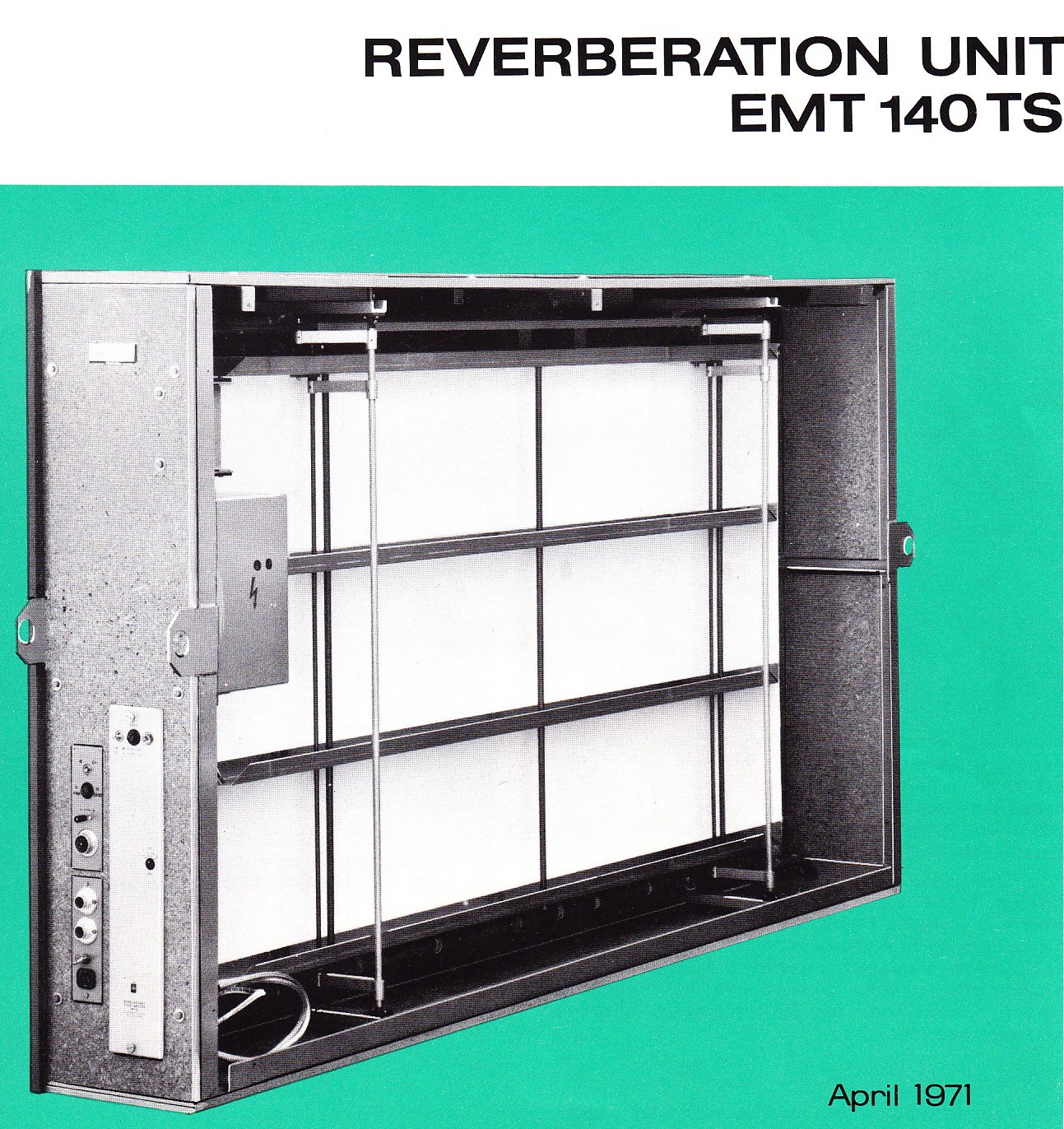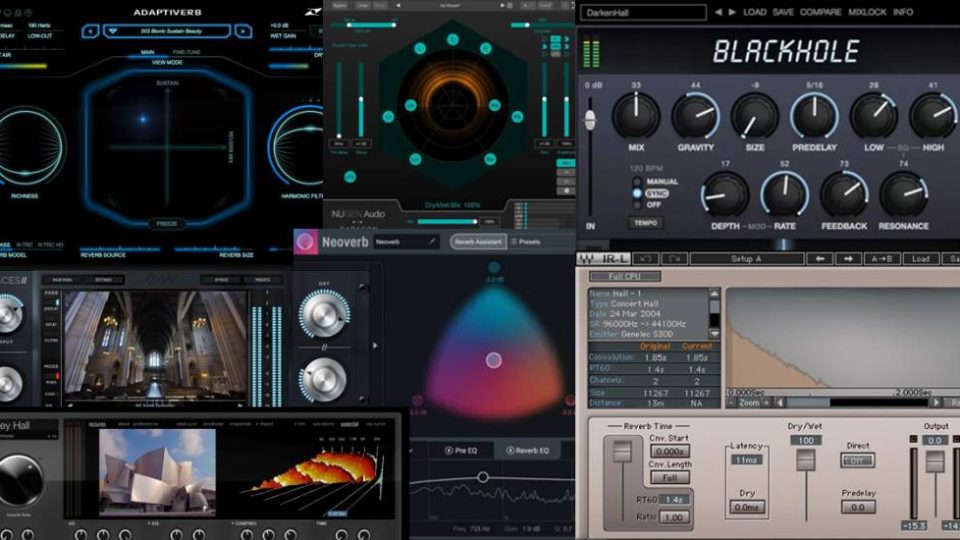What is Reverb? A beginners guide
If you’re new to music production you may be wondering exactly what is reverb or to give it its full title reverberation. Along with terms such as EQ and Compression, reverb is one of those words that you’re sure to have heard in relation to music and production. But what exactly is it you may ask? And how can it be used to complement my creations? In this article, we will be answering these questions and more as we delve into the wonderful world of REVERBBBBbbbb
How is natural Reverberation created?
Ask the average person what reverb is when they hear it and they’ll probably refer to it as echo. They are not technically wrong as reverberation is the complex blend of many individual echoes. Like a traditional delayed echo, reverb is the sound that you hear just after a sound is produced. An echo produces a defined and separate repetition of the original sound. Reverberation, on the other hand, blends multiple echos together to create a continuous and diffused sonic effect. We refer to this after-effect as the reverb tail.
The type of reverb that is produced is determined by the size, shape and material of the space. Some reverb effects are hardly noticeable like those generated in small rooms. On the other hand, certain spaces like tunnels or large halls will create a highly discernable reverberation effect.
Reverbs in their many forms can add a real sense of ambience and depth to sound. That’s why reverb, when used properly, can be so effective in music.
How Reverb has been used in music?

Traditionally reverberation has always played a large part in how we perform and appreciate music. In the music hall era, controlling natural reverberation was a crucial aspect of the hall’s design. The goal was to create a balanced acoustic environment that allowed performers to be heard without excessive echo or reverberation.
By the 1940s and 50’s recording engineers were trying to harness and replicate the effects of reverb and echo in their recordings. Echo chambers were purposely designed spaces built in order to capture and record natural reverberation. Most famously the Capital Studios in LA boasted housed 3 such chambers. These chamber reverbs can be heard in countless recordings of this time.

As time and technology advanced more effort was being put into recreating and controlling reverb effects in musical recordings. By the 1980s digital reverb units were commonplace. These units offered new levels of control over the sound of the reverbs. One particular effect known as gated reverb (the reverb gets cut off suddenly rather than a gradual fade in the tail’s volume) went on to signify the classic 80s sound, particularly when used on drums.
Now with the advent of DAWs and Plugins, producers have practically unlimited control over reverb effects. It’s now possible with a click of a mouse to create staggeringly realistic reverbs that can totally change the sound and feel of a track.
What are the different types of reverb effects used in music?
Here are the main types of reverb that are commonly referenced in relation to music production.
- Hall reverb:
Hall reverbs simulate the acoustic properties of large concert halls or cathedrals. They provide a spacious and lush sound with a long decay, making it suitable for adding a sense of depth and grandeur to various instruments and vocals. - Room:
Room reverb replicates the sound of a smaller enclosed space, like a studio room or living space. It has a relatively short decay and adds a sense of natural ambience without overwhelming the sound. - Chamber
Chamber reverb emulates the reverberation created in a physical echo chamber, typically a designed space with reflective surfaces such as the chambers previously mentioned in the Capital Studios. It offers a rich and natural-sounding reverberation with a medium decay time. - Plate
Plate reverb emulates the sound of a metal plate vibrating to create reflections. It has a bright and smooth character, with a medium decay time. Plates were developed and popularized in the mid-20th century and are commonly used on vocals and drums. They provide a warm and immersive effect. - Spring
Spring reverb is created using a mechanical spring system and was commonly found in vintage guitar amplifiers. It has a unique, slightly “boingy” sound and is often used for vintage-inspired guitar tones. It is also synonymous with the sound of 70’s Reggae and Dub music.
Effective ways to use reverberation in your music

Reverb can be an invaluable tool to give your tracks a sense of space and richness. Care must be taken, however, not to add too much. This can result in your tracks sounding muddy and lacking in definition. I would suggest before embarking on a track, take some time to consider the sound you’re going for as this will determine your reverb choices.
Some musical genres, particularly dance music genres such as Garage rely on a more dry punchy sound. You would therefore probably avoid using long-tailed reverbs, especially on the rhythmic elements. On the other hand, if you’re making ambient music then long lush reverbs can be used to immerse the listener.
It’s also worth looking at the different components of the track and deciding how you want to treat these separately. Vocals for example can really benefit from a well-considered reverb. You therefore might want to take a little more time tweaking and trying out different settings on a vocal.
Drums can also be radically transformed simply through reverberation. Drum hits are short so the reverb effectively represents a lot of what you hear with drums. Snares for instance can be radically transformed with the use of some tasty verb. Be careful when adding reverb to the kick drum though. Too much can make the bottom end of your track sound muddy and lacking punch.
Reverb is a great way of adding depth and separation between various elements within a track. You will hear a lot of contemporary pop and RnB music using long washed-out reverb effects on vocal ad-libs and short background elements. This practice helps to add an additional interesting layer or texture to a track without interfering with the sonics of the main musical elements.
Reverb can also be used creatively to produce interesting effects. In dance music, for instance, a long-tailed verb, if added to risers, sweeps, or reverse sounds can help to transition between different sections of the song smoothly, adding a sense of continuity. If you are trying to recreate a retro sound then reverberation can really help you out. The aforementioned gate reverb will certainly help place your music bang smack in the mid 80’s. Springs and plates on the other hand can help you capture the sounds of the 60s and 70s.

Conclusion
Reverberation, maybe more than any other audio effect, has the power to drastically alter the sound and feel of your music. And with the advent of highly realistic reverb plugins, we all now have the power to place our music in any given space. The main thing is to have fun auditioning and experimenting with different types of reverb. Just be careful not to overdo it as you don’t want your track to sound as though it’s stuck at the bottom of a deep well.
Remember – RouteNote Create subscriptions start from as little as $2.99. You also get 10 FREE credits to spend on samples along with access to our FREE sample pack bundle when you sign-up!
